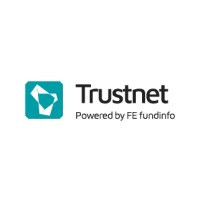Trustnet Magazine, Trustnet Team, 21 March 2022:
This trust offers an attractive yield while shielding investors from the excesses of the stock market
More cautious investors may not feel comfortable relying on equities for their income, particularly given the multiple crises that have hit stock markets in the past few years. A multi-asset strategy may work best for anyone who falls into this category, as the different types of instruments it holds should rise and fall at different times from one another, smoothing out volatility.
JPMorgan Multi-Asset Growth & Income is one trust that fits this bill. It aims to make more than 6% a year over rolling five-year periods, all while keeping volatility to about two-thirds that of an equity portfolio.
James Carthew, head of investment company research at QuotedData, said that even more important for income seekers is that it aims to increase its dividend at least in line with inflation.
However, last year the board removed a requirement for dividend payments to be covered by net earnings, saying this was hampering performance.
“By removing this constraint, the trust’s managers can focus on the overall total return, including income, without having the restriction of needing to target investments that provide a particular income level,” said Carthew.
“This means it is no longer fighting with one hand tied behind its back.”
The trust’s managers Gareth Witcomb and Katy Thorneycroft attend a macroeconomic summit each quarter to guide their asset allocation, and will discuss portfolio construction once a month. Any significant developments will be discussed at daily meetings.
They then select investment teams at JPMorgan to run individual asset classes within the portfolio.
“The managers may feel an external manager may provide better access to a particular asset,” said Carthew.
“For example, the portfolio has some of its infrastructure exposure through 3i Infrastructure. The managers would not use externally managed open-ended funds.”
Read more here
